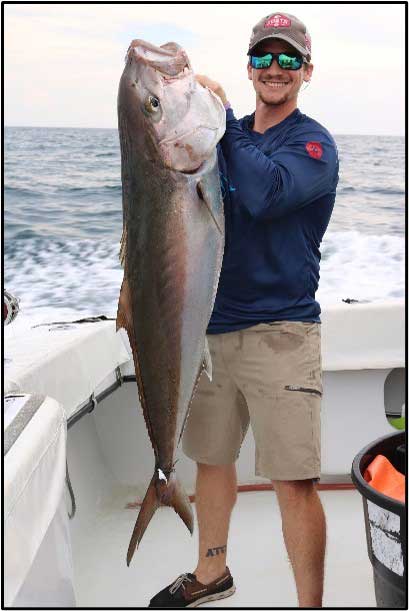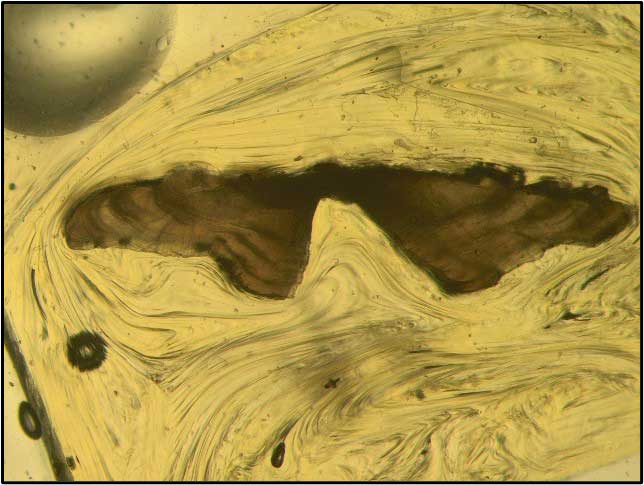
Figure 1. An adult Greater Amberjack caught in the Alabama Artificial Reef Zone.
Background: The Greater Amberjack (Seriola dumerili) is a widely distributed pelagic, epibenthic, member of the Carangidae family found in warm temperate waters. These fish are the largest carangid in the Gulf of Mexico and are known for having high endurance and fighting capability making them highly desirable to recreational fisherman. In Alabama, the recreational catch of Greater Amberjack has dominated landings (historically through present) with a peak catch near 2.5 million pounds in 2003. Greater Amberjack were declared “overfished” in a 2006 stock assessment and have retained that designation through the latest stock assessment in 2016. The goal of this study is to examine the age composition, as well as reproductive seasonality, of Greater Amberjack throughout the Alabama Artificial Reef Zone (AARZ). This data will provide better estimates for the health of the stock off the Alabama coast and provide additional data to increase the precision of models used in future stock assessments.

Figure 2. View of a sectioned otolith.
Objectives: The objectives for this project are to model age and growth of Greater Amberjack in the AARZ and determine reproductive seasonality.
Life history samples were collected from Greater Amberjack between 2014 and 2020. Ages will be determined through examination of sectioned sagittal otoliths, compared with length data, and fit with a von Bertalanffy growth equation. Gonads were extracted for sex identification and calculation of gonadosomatic index (GSI). Ages will be validated through marginal increment analysis, and GSI will be plotted to estimate peak spawning activity.
Samples were collected from over 500 AARZ Greater Amberjack. All otoliths have been sectioned and aging is ongoing. The anticipated completion of the project is May 2021.
University of South Alabama, NFWF, NOAA Marfin, AMRD



